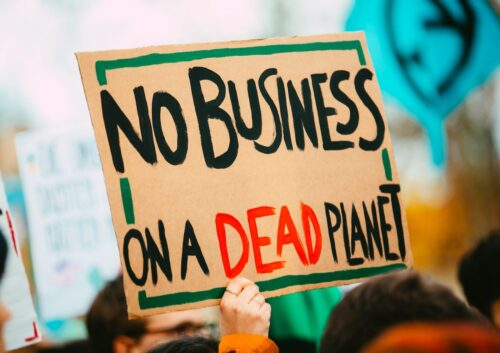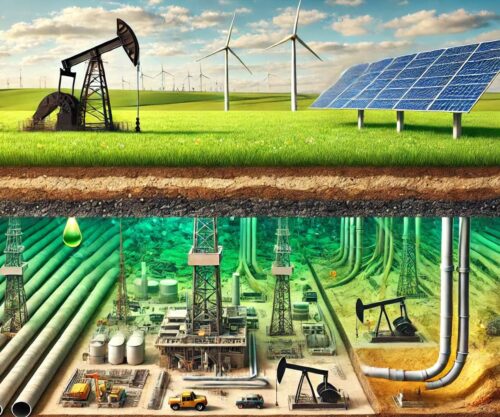
The Arizona Republic ran a story expressing worry that the state’s “booming” wine industry will be unable to cope with climate change. This is false. [emphasis, links added]
The commercial wine industry is of fairly recent vintage, arising amid and beginning to thrive during ongoing climate change. No measurable temperature or weather trends suggest it won’t be able to keep flourishing in the future.
In the Arizona Republic story, “Arizona’s wine industry is booming — but can it weather the climate crisis?”, Amanda Luberto assumes there is a climate crisis without presenting any evidence that such a crisis exists, much less that climate change is negatively impacting Arizona’s “booming” wine industry.
“Arizona’s wine regions are some of the most up-and-coming in the country,” writes Luberto. “In May, Wine Enthusiast named Sonoita, Arizona, as one of the five regions vying to become the next Napa Valley.”
“Sonoita is one of three American Viticultural Areas in the state, and due to their higher elevation, they make excellent locations in the desert to grow wine [as a result] [u]nlike the greater Phoenix metro area, these parts of Arizona don’t see triple-digit temperatures nearly every day in the summer and they also get a lot of rain,” Luberto continues before shifting the story’s focus to climate alarm.
“But that is quickly changing and creating what one expert called ‘global weirdness.’”
Of what “global weirdness” consists and the evidence for it is left for her readers to guess, unless they listen to the podcast she recommends.
Having listened to the podcast, it seems the climate concerns vexing Arizona’s vintners are, perhaps surprisingly, frost and adequate monsoon rainfall.
In general, data indicate that rather than getting weirder, making growing harder, conditions have improved during the recent period of modest warming.
Arizona’s modern wine industry was launched in the late 1970s, when temperatures were slightly cooler than today and carbon dioxide (CO2) emissions were lower. The industry, however, didn’t begin to take off and enter the current boom period until the 2000s.
Since 2011, the number of wine producers and employment in the industry has skyrocketed, increasing by 200 percent and 500 percent, respectively, so there is no evidence whatsoever that climate change has hampered Arizona’s wine industry.
Rather, there is good evidence that modest warming and higher CO2 levels have tended to foster or enhance wine production in the state.
First, as with other crops, grape production has been enhanced by the fertilization effect of increased atmospheric CO2. The same effect has also improved the efficiency of grape water use, resulting in less water being lost during transpiration.
Concerning frost, the National Centers for Environmental Information’s (NCEI) State Climate Summary for Arizona shows that the observed number of very cold nights has decreased substantially over the past 90 years, and the number of warm nights has increased. (See graph below)

Some grape varietals spring up early, and an unexpected, late-season frost can stunt their growth or kill the buds and shoots. As a result of the warmer nights and the decline in extremely cold nights, there has been a decline in grape-killing spring frosts.
As can be seen in the graph above, Arizona’s commercial wine industry’s birth and expansion coincide with the long-term decline in extremely cold nights.
Much of Arizona is arid or semi-arid with relatively little precipitation. In Arizona, annual monsoons delivering sufficient rainfall during the growing period are critical to grape production.
The NCEI state summary for Arizona shows that even in periods of below-average monsoon rainfall, Arizona’s vineyards have received adequate amounts of rain to increase production.
Monsoon rainfall amounts are highly variable from year to year. Although since 2000, 15 of the 24 years have had below-average monsoon rainfall, it has not hampered production. Monsoon rainfall is highly localized.
Concerning drought, although much of Arizona is currently experiencing a multi-year drought, the length and severity of the recent drought falls far short of the drought severity experienced in the late-1800s through the early 1900s when temperatures were generally cooler and CO2 levels were lower than at present.
In short, Luberto and the Arizona Republic provide no evidence of “global weirdness” or a “climate crisis” that is, or might in the future, impact wine production in Arizona.
Monsoon trends have waxed and waned across Arizona’s history, and the threat of deadly-to-grapes late-season frosts is declining.
So to answer the question Luberto posed in her headline, yes, based on current trends, Arizona’s wine industry is well situated to adapt to and even thrive amid present climate change.
Read more at Climate Realism



















The M.S. Media don’t want to tell the truth they just want to sell their False Stories to us